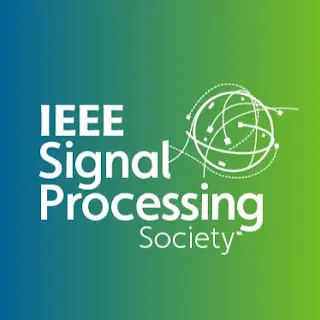A Fixed-Time Convergent Distributed Algorithm for Time-Varying Optimal Resource Allocation Problem
This article proposes a distributed time-varying optimization approach to address the dynamic resource allocation problem, leveraging a sliding mode technique. The algorithm integrates a fixed-time sliding mode component to ensure that the global equality constraints are met, and is coupled with a fixed-time distributed control mechanism involving the nonsmooth consensus idea for attaining the system's optimal state.

